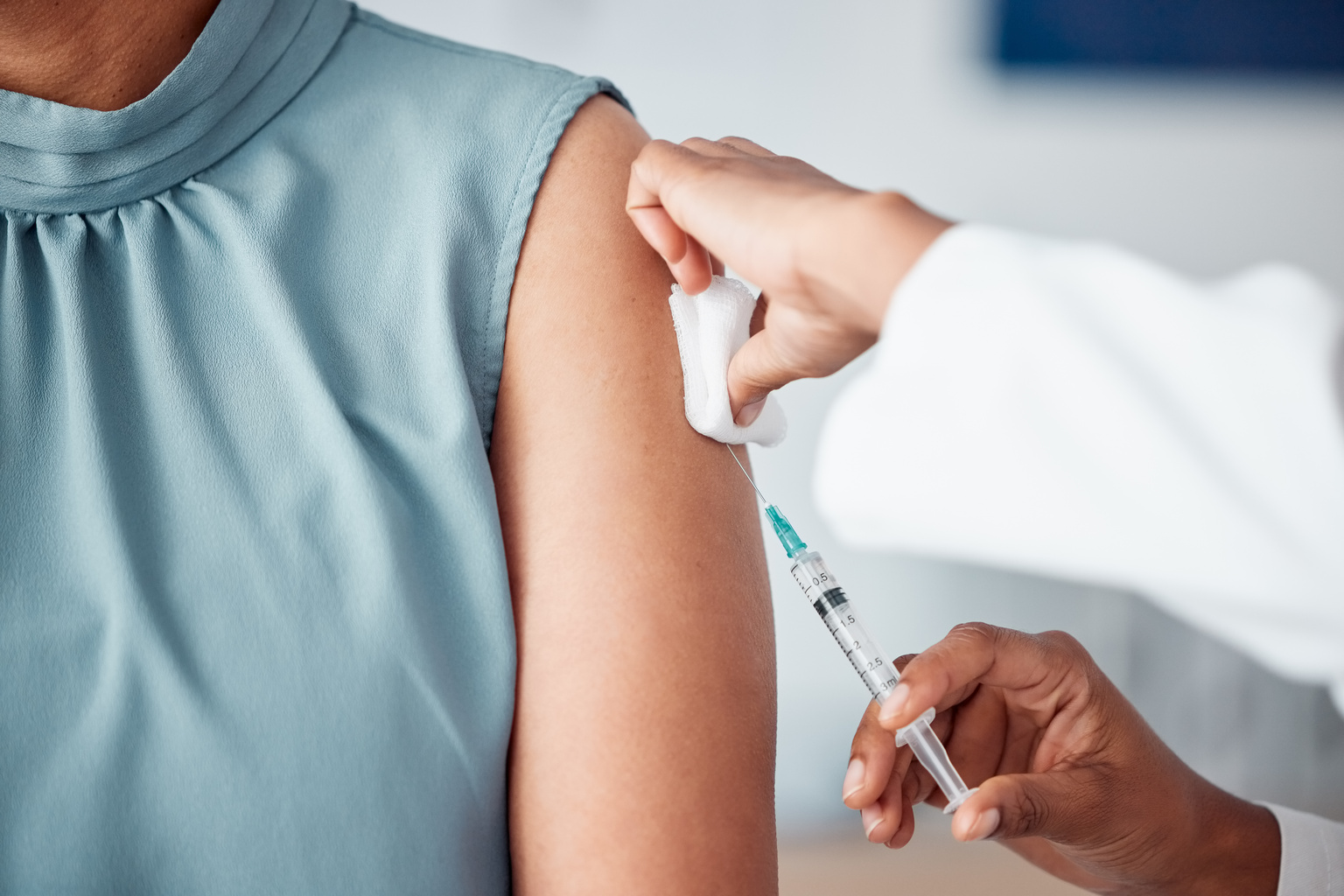Provide patients an engagement journey rooted in clinical expertise
Mastectomy or lumpectomy? Walking after joint replacement surgery or staying in bed? Reducing salt intake and monitoring their weight after a CHF diagnosis or not? Each of these decisions is part of a care journey that determines outcomes and performance. UpToDate® Engage (formerly EmmiEngage) provides the most trusted clinical information, delivered in ways that patients can best understand and through the devices they prefer, in order to improve outcomes.





